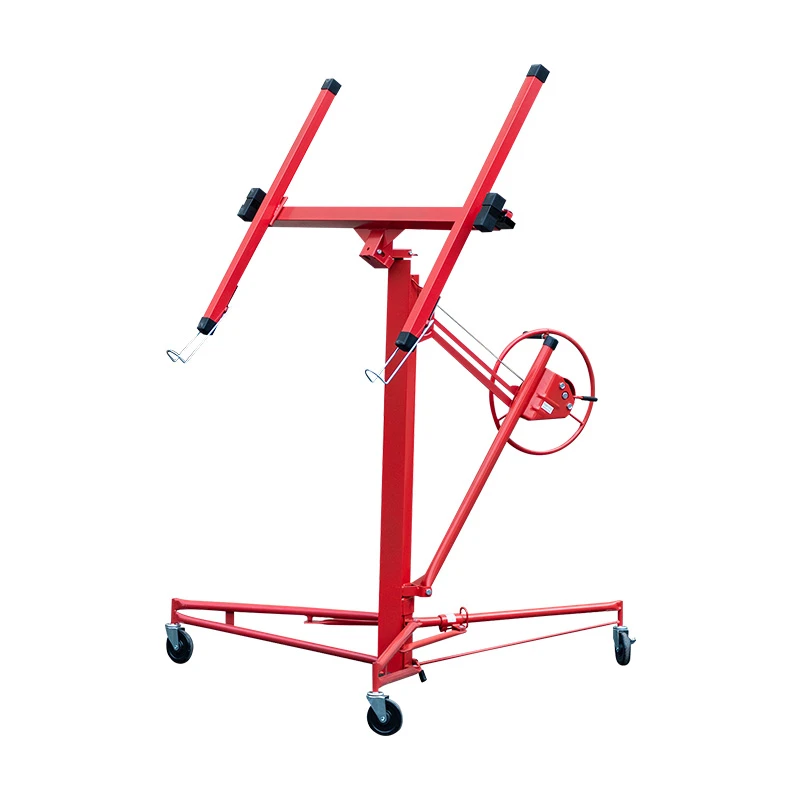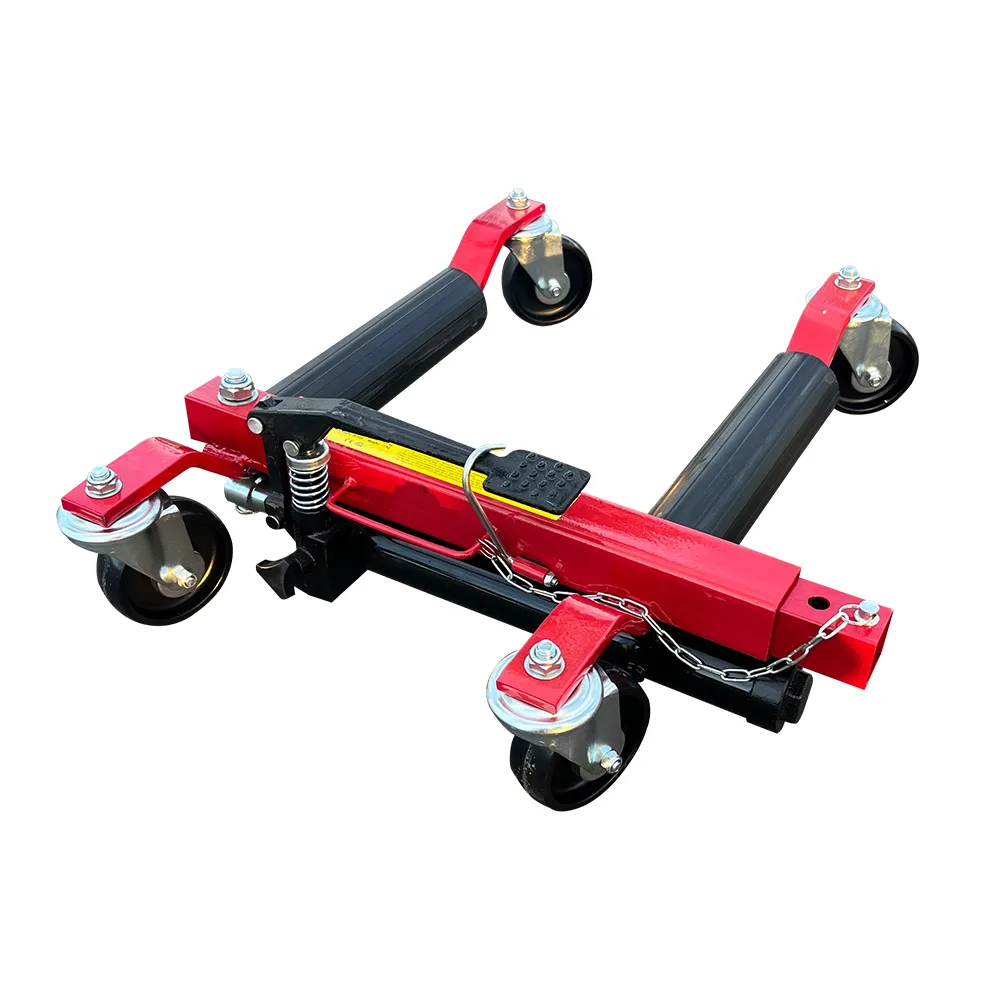Small, flexible and easy to operate 2 ton horizontal jack small car jacks small hydraulic floor jacks for sale


The lifting range is another critical factor. It dictates how high you can lift the vehicle, which directly influences the ease of performing maintenance tasks. Most standard floor jacks have an adequate lift range, but it's always prudent to verify this aspect relative to your vehicle's clearance requirements. From an authoritative standpoint, the car hydraulic floor jack’s safety features cannot be overlooked. A double-locking mechanism ensures stability during operations, and a bypass device prevents the jack from being over-pumped, both of which are fundamental in preventing accidents. Always utilize jack stands in conjunction with floor jacks for an additional layer of safety—a practice endorsed by automotive safety experts worldwide. Real-world experiences reveal that users often highlight the convenience that comes with hydraulic jacks’ swift operational capabilities. The time saved and the ease of use are repeatedly lauded in reviews and professional evaluations. Simultaneously, expert mechanics often underscore the importance of routine maintenance, advising users to regularly check the hydraulic fluid levels and inspect for leaks to prolong the jack’s service life. In conclusion, a car hydraulic floor jack is not merely a tool but an investment in safety and efficiency. From evaluating specifications and weight capacities to ensuring meticulous safety protocols are followed, the impact of choosing the right jack is considerable. Melding expertise with trustworthiness, the selection process should be informed by both technical specifications and the practical insights of seasoned users, ensuring a decision that stands the test of time and operational demands.
Products categories
Latest News
-
Unlock the Power of the Spring Compressor for Your Projects
NewsApr.01,2025 -
Unlock the Power of Safe and Efficient Compression with the Spring Compressor
NewsApr.01,2025 -
Unlock Maximum Efficiency with the Spring Compressor
NewsApr.01,2025 -
Maximize Efficiency and Safety with the Spring Compressor
NewsApr.01,2025 -
Discover the Efficiency of the 2 Ton Foldable Shop Crane: A Must-Have for Auto Repair and More
NewsApr.01,2025 -
Discover the Best Spring Compressor for Your Needs
NewsApr.01,2025 -
Unlock the Full Potential of Your Workspace with the Tools Trolley
NewsMar.21,2025















